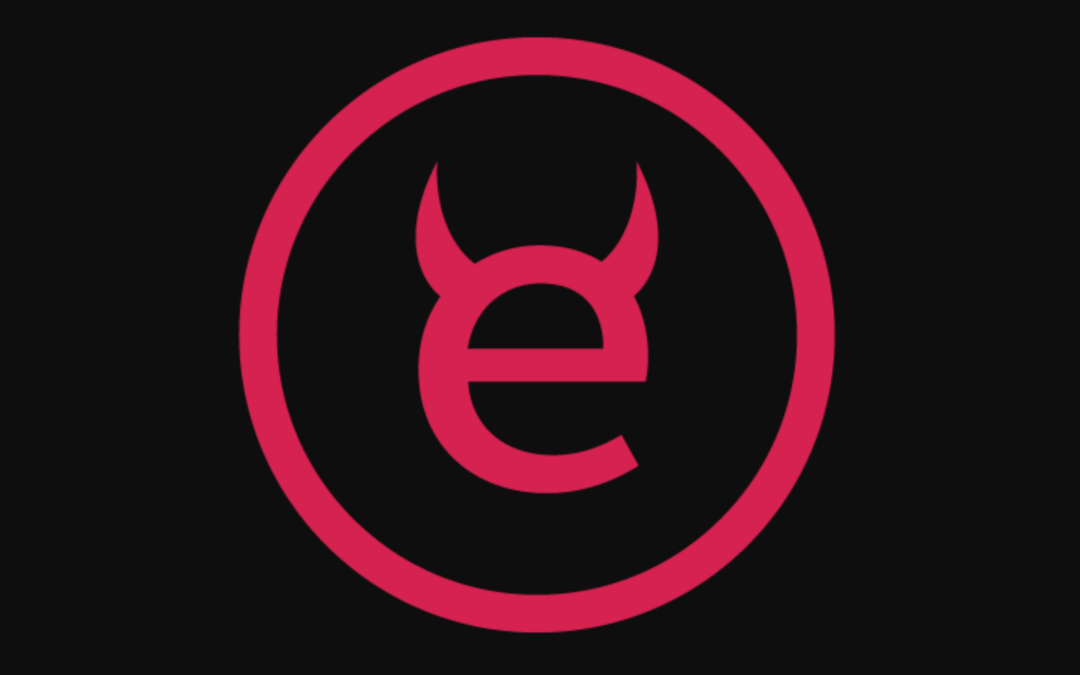
Level Up Your Coding Skills With exercism.io
A few months ago I stumbled across across an interesting open source project created by Katrina Owen called exercism.io that provides a collection of programming practice problems in over 30 languages. On the surface, it’s a great resource for learning to code or learning a new language. I’ve found however that as you dig deeper it has much more to offer on a number of levels.
